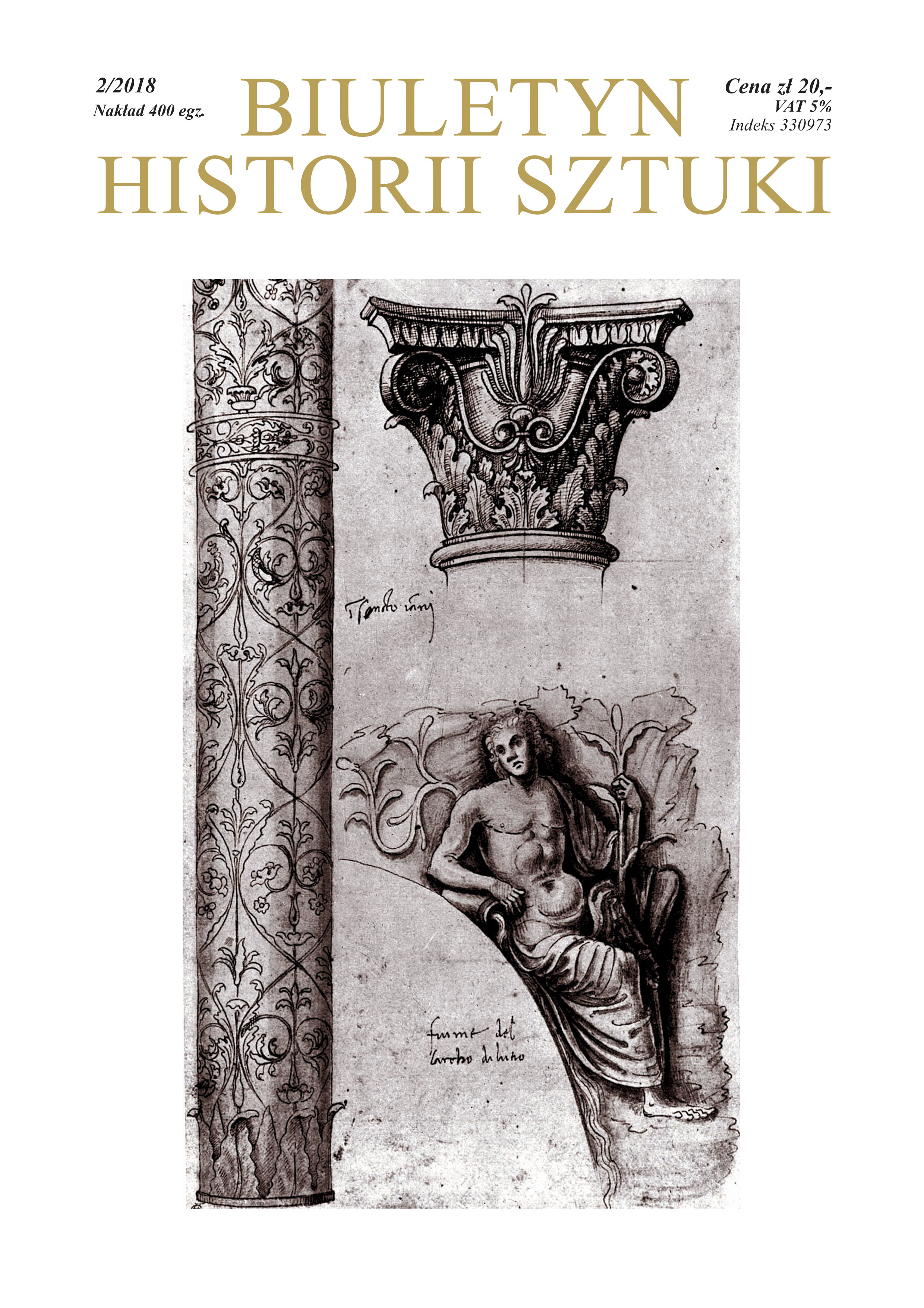„Théâtre sur l’isle” w Łazienkach Królewskich – funkcja i forma
‘Théâtre sur l’isle’ in the Royal Residence of Łazienki in Warsaw: Form and Function
Author(s): Tomasz DziubeckiSubject(s): Theatre, Dance, Performing Arts, Fine Arts / Performing Arts, Architecture, History of Art
Published by: Instytut Sztuki Polskiej Akademii Nauk
Keywords: Warsaw, Royal Residence of Łazienki; architect Jan Christian Kamsetzer; King Stanislaus Augustus patronage; artificial ruins all'antica; Antique tradition; theater building;
Summary/Abstract: Théâtre sur L'isle in the Royal Residence of Łazienki in Warsaw: Form and Function The paper discusses the issue of the role of antique tradition in the architecture under the patronage of King Stanislaus Augustus Poniatowski in his summer residence in Warsaw’s Łazienki. There used to be a controversy whether the beginning of Neo-Classicism in art could be related to the reign of Stanislaus Augustus, researching his patronage in relation to the idea of romanticism. An essential factor in the process of architectural creation under the royal patronage was the influence of the antique tradition. The subject issue presented here is based on the analyses of the eminent building called ‘Theatre on the Island’ in the Łazienki residence. The stylistic features of the auditorium show the knowledge its architect Jan Christian Kamsetzer had of the ruins of the theatres in Pompei and Herculanum, as well as other facilities in Rome, Tivoli and Sicily, which he visited personally during his artistic tour in Italy. The famous antique buildings were also known via prints like those by Francesco Piransesi. However, there has been a discussion regarding the construction of the stage, located on an island, where artificial ruins all'antica were built, separated from the audience by a water canal. The common opinion indicated the ruins of Baalbec or Palmyra as sources of inspiration for the artificial ruins on the stage, however it was the use of the water canal that was unique in European architecture; this could have been influenced by Tivoli’s Teatro Marittimo. Furthermore, the functional way the decorations were used in the early modern performances, that is the „periaktoi” system, should be indicated. There are sources confirming the system was in use, mostly following the samples after designs by Giuseppe Galli da Bibiena, known via printed editions, then painted as theatrical decorations in Warsaw by known artists like Bernardo Belotto (Canaletto), showing mainly architectural views. The opening of the Theatre on the Island was celebrated with the performance of the ballet Cleopatra. The play was understood in the terms of the current political situation (declaration on 3rd May of 1791 of the first European constitution), presenting the use of antique vocabulary in political communication, as well as showing a romantic attitude in which the King perceived antique architecture.
Journal: Biuletyn Historii Sztuki
- Issue Year: 80/2018
- Issue No: 2
- Page Range: 357-370
- Page Count: 14
- Language: Polish
- Content File-PDF

